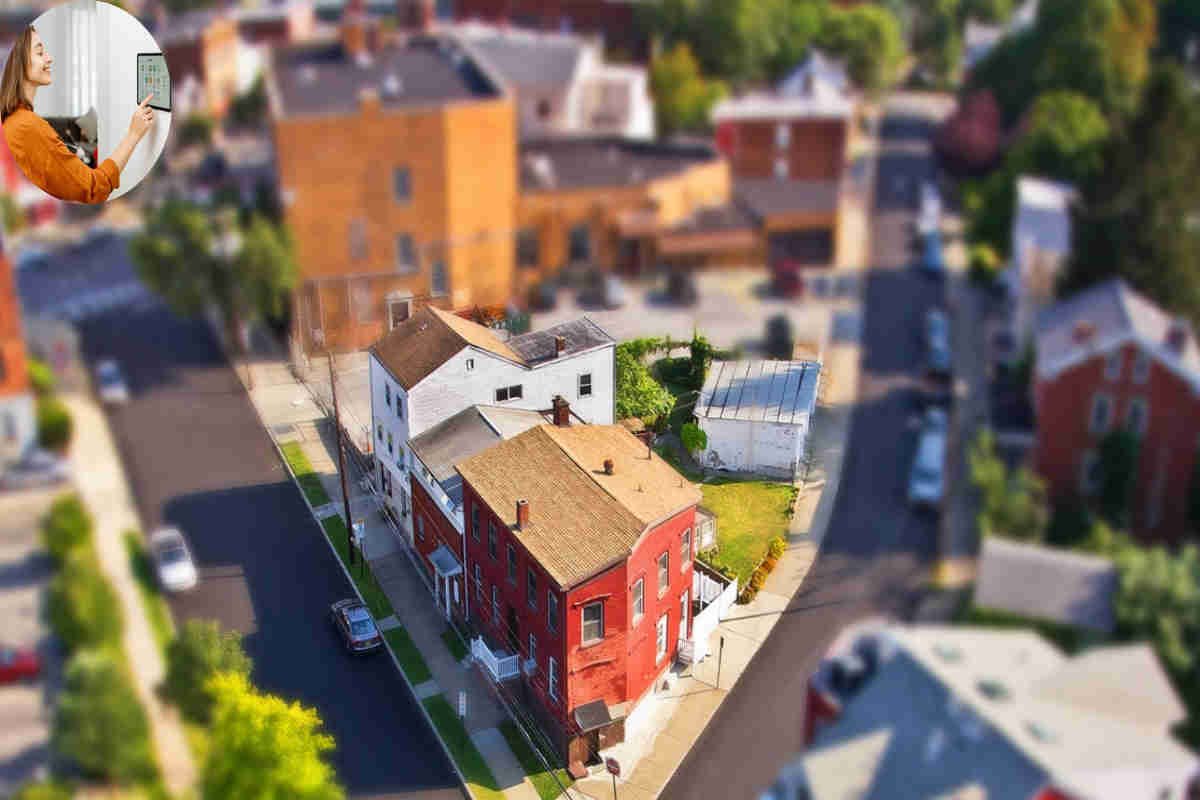Home modifications for accessibility play a crucial role in enhancing safety, independence, and quality of life for individuals with disabilities or mobility challenges. However, when it comes to insurance coverage for these modifications, the landscape can be complex. Generally, homeowners insurance does not cover the cost of installing new accessibility modifications such as ramps or widened doorways. Instead, it may provide coverage for repairing or replacing existing modifications if they are damaged by a covered peril like fire or vandalism. Meanwhile, government programs such as Medicaid waivers and certain grants offer financial assistance for these essential adaptations, though Medicare typically does not cover home modifications directly. Additionally, some private health insurance plans and tax credits may help offset costs for medically necessary modifications. Understanding the nuances of insurance coverage and available funding options is key to making your home safer and more accessible.
Types of Home Modifications Covered by Insurance
Home modifications can vary widely, and understanding what your insurance covers is essential. Many policies include alterations that enhance accessibility.
Ramps are among the most common modifications. They provide easy entry for individuals using wheelchairs or other mobility aids.
Bathroom renovations often fall under coverage too. Grab bars, walk-in tubs, and wider doorways can create a safer environment for those with limited mobility.
Kitchens might require adjustments as well. Lowered countertops and accessible appliances allow for better usability.
Some insurers also cover stairlifts or home elevators if they are deemed medically necessary.
However, it’s crucial to check specific policy details since coverage can differ significantly between providers. Always consult with your insurance agent to clarify what modifications are included in your plan.
The Process of Getting Insurance Coverage for Home Modifications
Navigating the process of obtaining insurance coverage for home modifications can feel overwhelming. Start by reviewing your current policy. Look for specific clauses that mention home modifications or accessibility features.
Next, gather documentation. This includes medical records and a letter from a healthcare professional recommending necessary changes to your living space. Clarity is key; insurers need to understand how these modifications enhance safety and accessibility.
Contact your insurance provider directly once you have your documents ready.Ask them about their procedures regarding claims for home modifications. Each company may have different requirements or forms that need completion.
Stay persistent throughout this journey. Keep track of the status of your claim and be prepared to provide additional information if necessary. Communication is essential in ensuring smooth progress with your application for coverage.
You may also read (how do i open a home decor store).
Alternative Options for Funding Accessibility Home Modifications
When insurance doesn’t cover home modifications, exploring alternative funding options can be crucial. Many people turn to government grants specifically aimed at disability access improvements. These programs often provide financial assistance for necessary changes.
Accessibility efforts are also supported by non-profit organizations. Various charities offer funds or resources tailored to individuals needing home modifications due to disabilities.
Crowdfunding is another innovative approach gaining popularity. Platforms like GoFundMe allow families and friends to contribute towards the costs of creating an accessible living space.
Considering these diverse options can help ease the financial burden often associated with making homes more accessible for everyone.
Case Studies: Real Life Examples of Insurance Coverage for Home Modifications
One family turned their traditional home into an accessible haven after a member suffered a spinal injury. They sought insurance coverage for installing a stairlift and widening doorways. Their insurer covered most of the costs, highlighting how vital proper documentation can be.
They applied for funding through their health insurance plan, resulting in financial support for grab bars and a walk-in shower installation. This change significantly improved their quality of life.
A single mother with two children received assistance from her homeowner’s policy when she needed wheelchair ramps built outside her home. After submitting medical records and recommendations from occupational therapists, she was pleasantly surprised by the approval process.
These real-life scenarios illustrate that navigating insurance coverage can lead to transformative changes in accessibility at home.
Tips for Successfully Navigating the Insurance Coverage Process
Navigating the insurance coverage process for home modifications can feel overwhelming. However, with some strategic planning, you can make it more manageable. Here are a few tips to get you started.
Start by reviewing your insurance policy thoroughly. Make sure you understand what is covered and what exclusions may apply. This knowledge will empower you during discussions with your insurer.
Gather supporting documentation before initiating a claim. Include medical records or letters from healthcare professionals detailing the necessity of home modifications for accessibility purposes. This evidence strengthens your case and demonstrates urgency.
Contact your insurance agent directly to discuss potential coverage options tailored specifically to your needs. A one-on-one conversation can clarify ambiguities in policy language and provide insight into how similar claims have been handled.
Don’t hesitate to seek advice from experts such as occupational therapists who specialize in accessibility issues. Their input can be invaluable when justifying the need for specific modifications to insurers.
Be persistent but patient throughout the process—insurance claims often take time, so follow up regularly on your application status without becoming discouraged by delays.
Consider gathering testimonials or success stories from others who have navigated this path successfully; they can offer encouragement and practical insights based on real experiences.
These strategies not only enhance communication with insurers but also increase the likelihood of securing financial support for essential home modifications aimed at improving accessibility.
You may also read (real estate).
